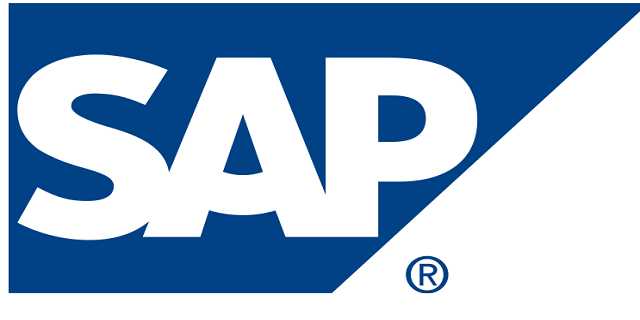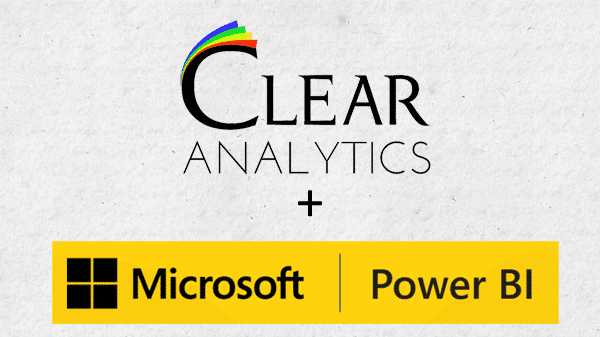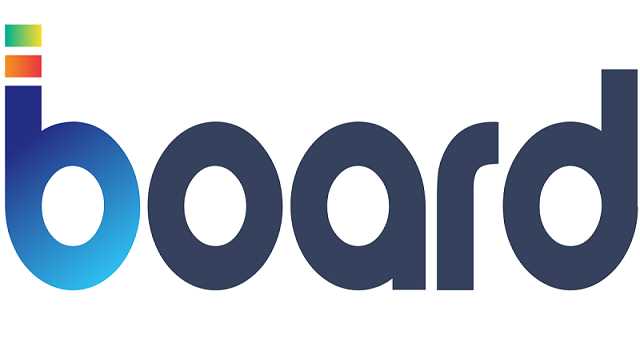What Is Business Intelligence

To help organizations make more data-driven decisions, business intelligence (BI) combines business analytics, data mining, data visualization, data tools and infrastructure, and best practices.
In practice, you've got modern business intelligence when you have a holistic view of your company's data and can use it to effect change, remove inadequacies, and quickly adapt to market or supply changes.
Advantages of using Business Intelligence
Given that you already know what business intelligence is for, it's worth delving into the question of what its primary benefits are.
For starters, BI and analytics can aid businesses in managing shaky supply chains, increasing customer engagement, and assisting workers as they adjust to the pandemic's disruptions.
The following are some of the potential advantages of business intelligence programs:
- Increasing the speed and quality of decision-making
- Internal business process optimization
- Improving operational effectiveness
- Increasing revenue
- Obtaining a competitive advantage over competitors in the business world.
- Recognizing market trends
- Identifying business issues that must be addressed
Features and Capabilities of Business Intelligence Tools
Business intelligence (BI) tools aid in the understanding of trends and the extraction of insights from data so that strategic and tactical business decisions can be made.
They can also assist you in identifying trends in the volumes of data that your company generates.
- Type of BI Platform
- Data Sources That Are Accepted
- Report Output and Scheduling Standard Reporting Ad-Hoc Reporting
- Data Visualization and Discovery
- Security and Access Control
- Capabilities for Mobile
- Embedding / APIs
Procedures of Business Intelligence
Business intelligence is a method of gathering information.
To help improve performance, business intelligence has expanded to include more processes and activities. These procedures include the following:
- Data mining: is the process of discovering patterns in large datasets by combining databases, statistics, and machine learning.
- Reporting: Stakeholders are given access to data analysis so that they can draw conclusions and make decisions.
- Performance metrics and benchmarking: Using customized dashboards to compare current performance data to historical data in order to track performance against goals.
- Descriptive analytics is the process of determining what happened based on preliminary data analysis.
- Querying: Inquiring about specific data and having BI pull the answers from the datasets.
- Statistical analysis: Taking the results of descriptive analytics and using statistics to further investigate the data, such as how and why this trend occurred.
- Data visualization: is the process of transforming data analysis into visual representations like charts, graphs, and histograms so that it can be consumed more easily.
- Visual analysis: Using visual storytelling to explore data and communicate insights on the fly while staying in the flow of analysis.
- Compiling multiple data sources, identifying dimensions and measurements, and preparing it for data analysis are all examples of data preparation.
Business Intelligence Software List: BI Tools
BI Tools #1: Zoho Analytics
Zoho Analytics is a business intelligence and analytics platform that is self-service. It allows users to quickly create informative dashboards and visually analyze any data. It comes with an AI-powered assistant that allows users to ask questions and receive intelligent responses in the form of useful reports.

BI Tools #2: Yellowfin BI
Yellowfin is a business intelligence platform. It's a single, integrated solution designed for businesses in a variety of industries. It also makes data evaluation, monitoring, and comprehension simple.

BI Tools #3: SAP BI
SAP BI is a Business Intelligence software that is integrated. It's a high-end client/server application for open systems. It has established new benchmarks for the best business information management solutions.

BI Tools #4: Clear Analytics
Clear Analytics is a business intelligence system that is accurate, timely, and transparent. This business intelligence tool aids in the fulfilment of business requirements. This business intelligence tool makes it simple to extract large amounts of data from reliable sources and present it in the form of professional reports.

BI Tools #5: Big Evaluation
Big Eval is a comprehensive set of software tools for maximizing the value of enterprise data by validating and monitoring quality on a continuous basis. It automates testing tasks during the development of reports and analyses and provides quality metrics during production.

BI Tools #6: MicroStrategy
MicroStrategy is software for enterprise analytics. It enables people to make better decisions and change their business practices. It provides the most advanced and predictive analytics available.
BI Tools #7: Board
A Management Intelligence Toolkit, Board is a collection of management intelligence tools. Business intelligence and corporate performance management features are combined in this software. It's intended to provide both business intelligence and business analytics in one package.

Best practices in Business Intelligence
Follow these expert best practices to get the most out of your business intelligence tools and solutions.
Choose BI Tools that are a Good Fit for Your Business
In order to properly implement a BI system, you must first understand all of a company's needs. This understanding is based on two perspectives: both IT departments and end-users have critical requirements, which are frequently incompatible.
The organization should analyze the various needs of all its constituents to gain a critical understanding of business intelligence requirements.
Ensure that the data is accurate
Only high-quality data can help a business intelligence initiative succeed. Data quality is critical because bad data leads to bad decisions.
Data profiling is a great data quality management technique that involves collecting statistics and analyzing data for better data governance. It helps with risk reduction, consistency, and search optimization by using metadata.
Select tools that offer a positive user experience
A positive user experience can increase user adoption, allowing organizations to get more value out of their BI programs and tools. End-user adoption depends on a consistent user experience, which includes a user-friendly, intuitive interface.
Companies can easily become overwhelmed by the sheer volume of data and the variety of BI techniques available.
While it's often beneficial to hire a data scientist or an analytics expert to help you choose the best methods and solutions, the best way to maximize your ROI is to implement user-friendly solutions that meet the needs of every department.
Reference:
Author Bio
The Editorial staff includes content researchers from various areas of knowledge. They add a plethora of expertise to the Hubslides Editorial team. They constantly and frequently oversee, produce and evaluate contents that are most ideal to aid impacting knowledge to readers.
Article Comments
No Comments!
At present there are zero comments on this article.
Why not be the first to make a comment?
Similar Articles
Sponsor
Search Articles
Experts Column
Latest Articles
Featured Articles
Most Popular Articles












